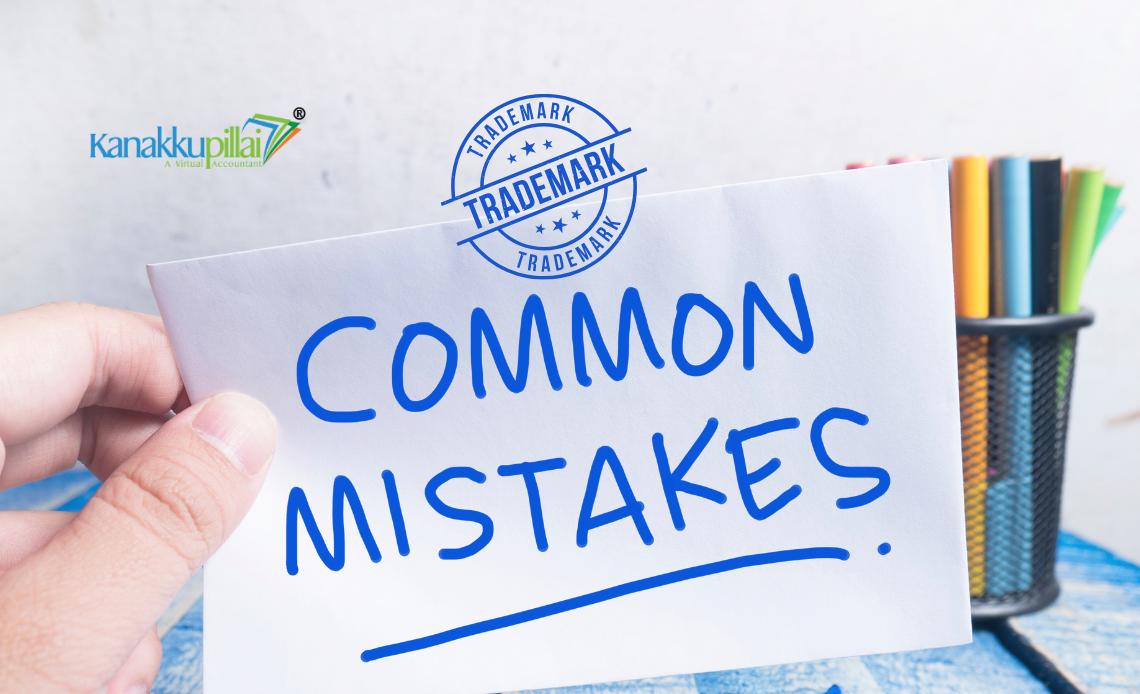As a small business owner, protecting your intellectual property is important for your brand’s success. Neglecting copyright protection can lead to scammers copying your brand, causing significant financial loses and damage to your image. To avoid these risks, it is important to understand common property mistakes and how repair can save your business.
Top 10 Common Trademark Mistakes
-
Neglecting Digital Presence
One of the most critical mistakes is failure to buy domain names and protect social media accounts. This can lead to expensive court fighting if someone else gets your brand name online. Ensure you reserve all important domain names and social media sites to protect your brand’s digital character.
-
Neglecting International Trademark Protection
Another common mistake is failure to register your name in countries where you expect using it. The Madrid Convention improves this process, making it easier to register your name abroad. Failure to do so can lead to legal issues and financial loss.
-
Selecting an Unsuitable Brand Name
When picking a brand name, avoid specific names that directly reference things or services. Instead, pick for a unique and memorable name that can be registered as a brand. Seek help from a skilled trademark attorney to ensure your brand name is suitable for registration.
-
Skipping Trademark Registration
Registering your brand is the first step in protecting your rights. Failure to register your trademark means you have limited security and cannot claim damages if someone infringes on your brand. Register your brand to collect losses and protect your business.
-
Skipping Expertise
When it comes to brand study, internet tools are missing. Use a trademark expert for thorough reviews to ensure your brand name is unique and not infringing on existing trademarks.
-
Incorporating Personal Names
Avoid using personal names in your business name. Such names cannot be registered as brands, and using them can lead to legal issues.
-
Insufficient Classification
Register your name in all important groups to ensure full safety. Failure to do so can lead to poor protection and legal problems.
-
Neglecting to Use Trademarks
Regularly use your name to keep security. Failure to use your property can lead to loss, and it is important to continue using your name to keep its security.
-
Neglecting to Renew Trademarks
Renew your trademark before the present license stops. Failure to renew can lead to firing, and it is crucial to keep the security of your business.
-
Overlooking Infringement Monitoring
Monitor your business for possible infringements. Proactive tracking helps protect your business and ensures you are aware of any possible legal problems.
Conclusion
Protecting your name is important for your business’s growth. Avoid common mistakes and seek expert help to protect your business. Regularly use and update your property to keep the protection, and watch your brand for possible infringements. By following these steps, you can ensure your brand stays safe and continues to grow.
In conclusion, protecting your name is important for your business’s growth. By understanding common trademark mistakes and how repair can save your brand, you can protect your brand and keep its security. Remember to acquire domain names, protect social media accounts, register your trademark widely, choose a suitable brand name, and use a trademark attorney for thorough searches. Regularly use and update your trademark, and watch your trademark for possible infringements to ensure your brand stays safe and continues to grow.





